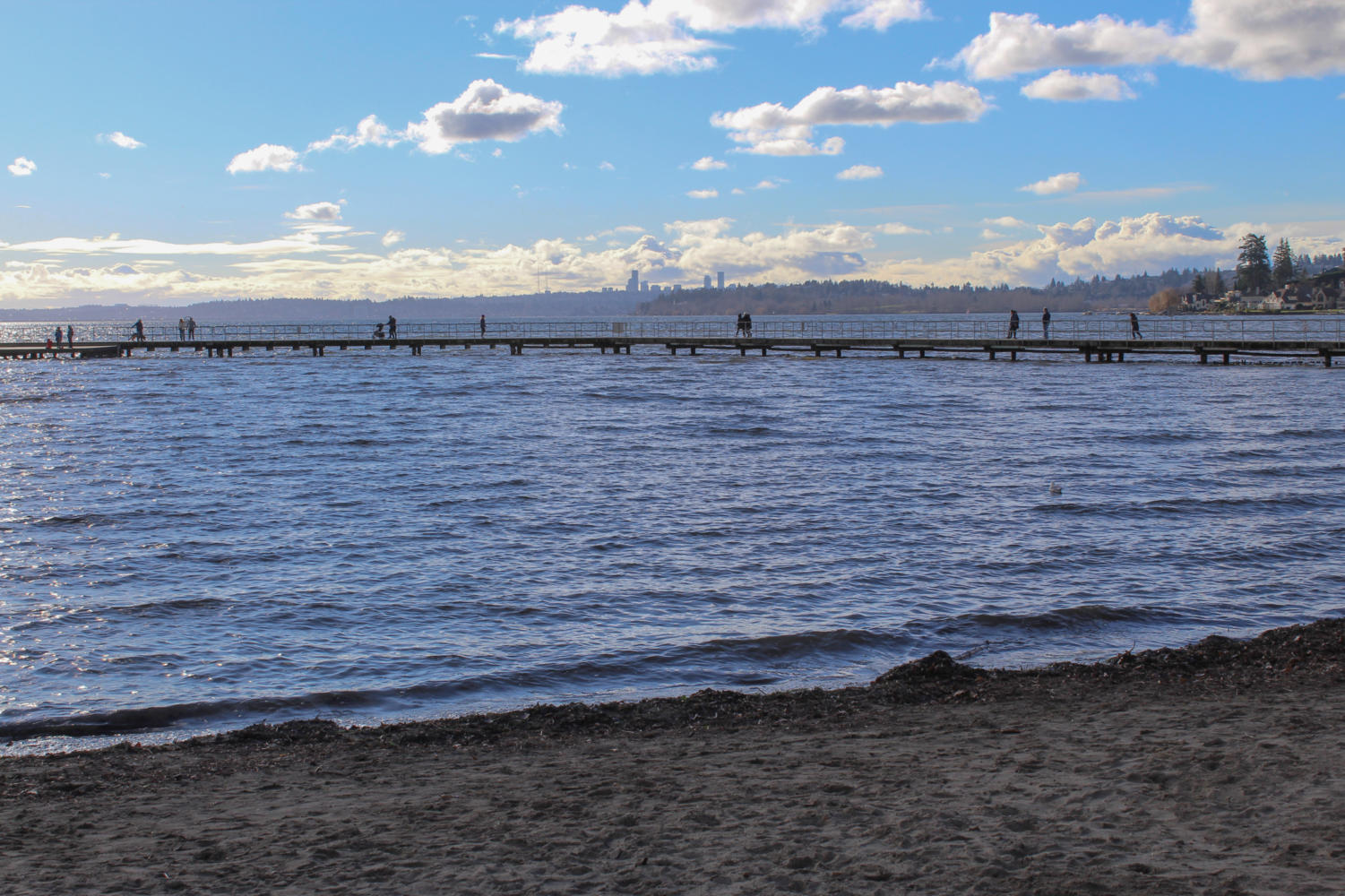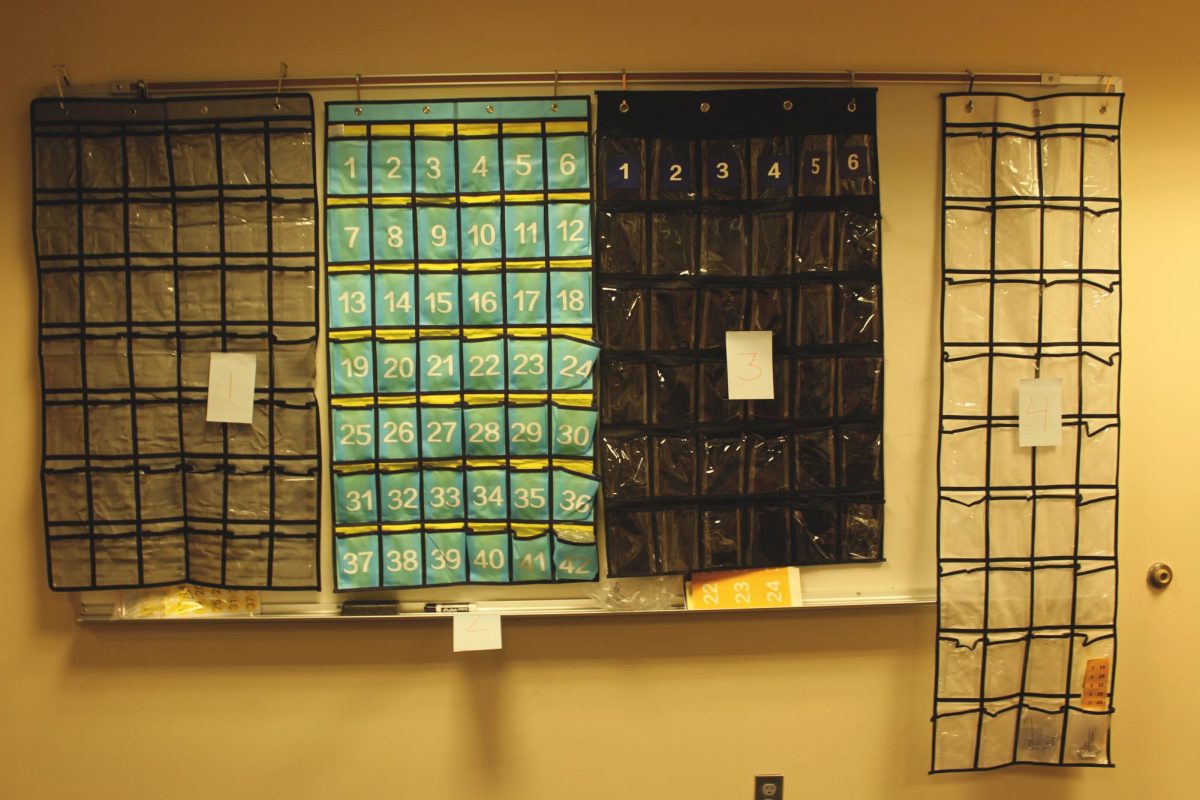On Dec. 14, the Washington State Department of Health released an advisory warning against the consumption of multiple species of fish found in Washington lakes. Testing indicated that these fish contained high levels of a class of chemicals that pose a risk to human health when consumed. These are known as PFAS, which stands for perfluoroalkyl and poly-fluoroalkyl substances.
PFAS are a family of surfactants — chemicals that decrease the surface tension between substances — that include PFOS, which is the chemical recently found in fish from Washington lakes. They were invented in the 1930s, and their use became widespread in the 1940s when the DuPont company began using the chemical in Teflon, a nonstick cookware coating. The company 3M also contributed to the prevalence of PFOS when it used them in the 1950s to create Scotchgard, a water and stain repellent. They’re commonly known as “forever chemicals” because of how long they remain in organisms and the environment without breaking down. They’re used in a variety of products, including takeout containers, cleaning products, waterproof clothing and firefighting foam. In most consumer products, the most prevalent PFAS, perfluorooctanoic acid and perfluorooctane sulfonic acid, have been removed but are still entering the environment from former products and discarded materials.
However, the new PFAS created to replace these aren’t extensively researched and may pose similar hazards to their older counterparts. Exposure to PFAS is especially dangerous for children below the age of five as well as people who are pregnant or breastfeeding. When these chemicals enter the human body, it can make some vaccinations less effective; increase the chances of several types of cancers; cause babies to have a lower birth weight; and cause high cholesterol, thyroid disease, reproductive issues, immune system interferences and changes in liver enzymes.
Based on testing from 2018, the DOH found unsafe levels of PFAS in common carp, large and smallmouth bass, cutthroat trout and northern pikeminnow in Lake Washington, Lake Meridian and Lake Sammamish. The toxicity of these fish is a product of a bioaccumulation of chemicals in the lakes, which enter from contaminated groundwater that seeps in from different areas.
Bioaccumulation occurs when organisms at the bottom of the food chain ingest toxins and are eaten in large quantities by predators. More organisms accumulate a higher amount of toxins in their bodies as PFAS go up the food chain. Since PFAS stay within animals and the environment for so long, they build up in organisms, as shown in the high levels of PFOS found in Washington’s lake fish.
There are still a few species of fish that contain PFOS levels low enough to eat. In Lake Washington, they’re rainbow trout, pumpkinseed, and sockeye salmon. Other fish are still safe to eat in moderation. According to the advisory, it’s considered safe to eat up to four meals containing brown bullhead and up to one meal containing yellow perch per month.
Irvin Schultz (he/him) is the environmental chemistry program manager in the environmental and fisheries science division at the Northwest Fisheries Science Center for the National Oceanographic and Atmospheric Administration. He said the longevity of PFAS and other environmental contaminants are a concern for the environment.
“For more than 20 years, it has been known that these compounds are showing up around the world, in animals and in soil and water far away from where they might have been released. So, that’s one reason we worry about them. They undergo long-range transport, and that means they may be produced in one place, and then end up thousands of miles away where they weren’t initially released,” said Schultz.
PFAS are also present within Washington’s public water systems. According to the Seattle Times, 7.4% of the state’s population uses water that has to be treated for PFAS contamination or that was once contaminated with PFAS. In Washington, most PFAS contamination is estimated to have come from aqueous film-forming foam for firefighting used in the 1970s. Joint Base Lewis-McChord faces this problem, where these firefighting foams were used in the past for training. Other cities including Vancouver, Lakewood, Coupeville, Issaquah, Highline and Dupont are also facing PFAS contamination.
Washington has developed State Action Levels that restrict the amount of PFAS allowed within drinking water and provide guidance on lowering PFAS levels. These include: PFOA (10 parts per trillion), PFOS (15 ppt), and PFBS (345 ppt). Previously, the Washington government passed legislation to limit the amount of PFAS used, including banning food contact papers and firefighting foams containing PFAS in 2018. On March 10, bill HB 1694 — which aims to phase out PFAS in products by 2025 — was signed into law.
Barbara Morrissey (she/her), a toxicologist from the Washington State Department of Health, said that spreading knowledge about PFAS increases advocacy and support for new government legislature targeting PFAS.
“The reason that we want people to know about PFAS and to reduce their uses is because the PFAS leave the consumer products, and they get out into the environment. They do not break down and they can build up and keep cycling around and around. So, because they really don’t break down in the environment, we’re encouraging people to phase it out,” said Morrissey.
Several new pieces of legislation involving PFAS are currently in progress. Bill HB 1047, which is still in the legislative process, plans to phase out toxic chemicals like PFAS in cosmetic products. Additionally, the Washington State Department of Ecology’s Safer Products for Washington program is working with the Washington State DOH to implement the Toxic Pollution law (Chapter 70A.350 RCW) through Washington State Legislature. This law would allow the program to identify and restrict harmful chemicals, including PFAS, within products. The program is developing rules that are open to public comment on its website.
Within the Kenmore area, drinking water isn’t contaminated with PFAS. However, private wells aren’t required to be tested by the state like public water systems are, so they run the risk of contamination. PFAS exposure can be avoided by following drinking water and fishing guidelines, avoiding products that use PFAS and installing filters to remove PFAS from tap and well water. Avoiding products with chemicals ending in -fluoro in them also reduces exposure. Sites like pfascentral.org can provide information on PFAS-free household products.
“Whether you know it or not, PFAS are probably in your body. They’re not doing anything good there. They’re not supposed to be there. They were supposed to be in products, but because of the properties of these chemicals, they end up sticking around for a long time and then getting into our food and our water and into our homes and then into our body,” said Morrissey. “So, if you’re uncomfortable with that — especially since we cannot guarantee that the amount you have in your body is safe — we know that there are some things that you can do to reduce your exposure, and participating in policy efforts help us bring down unnecessary harm.”










